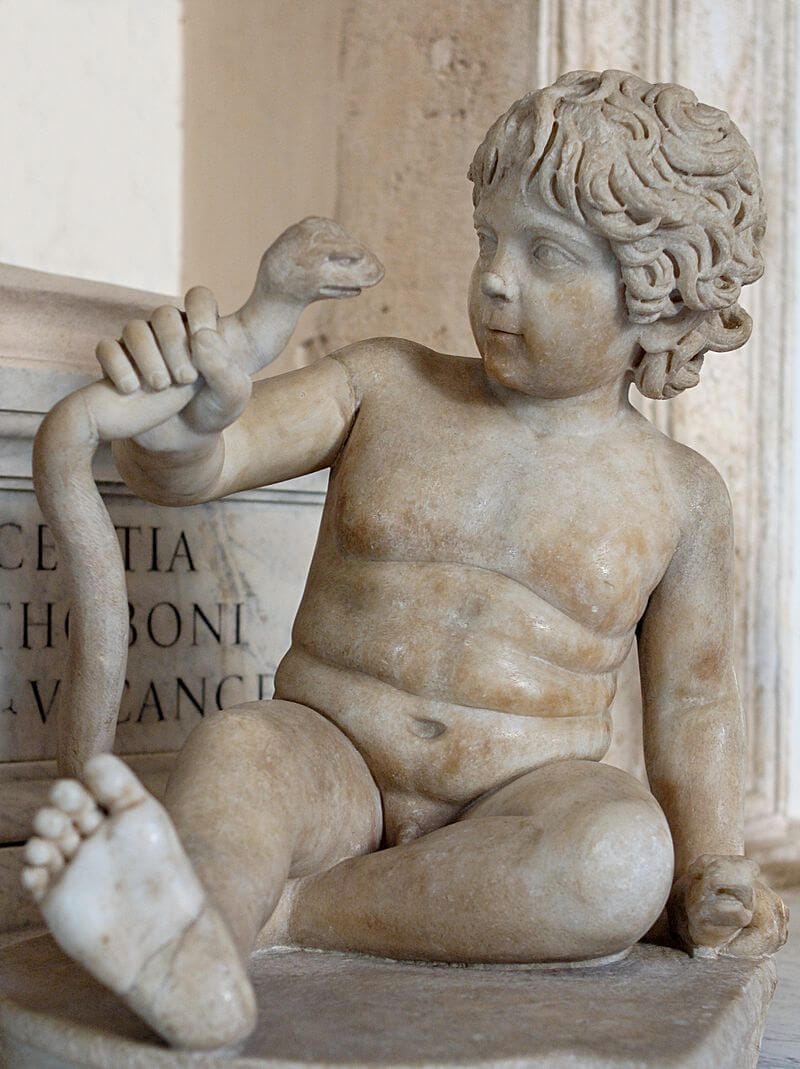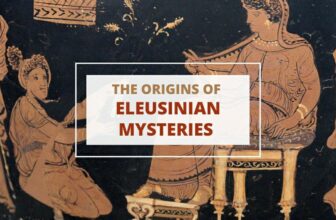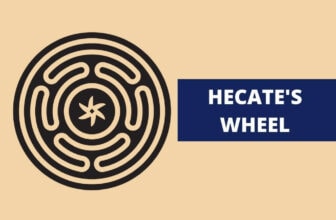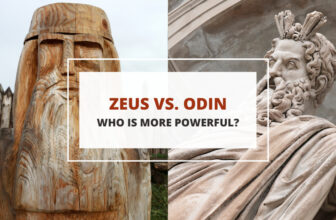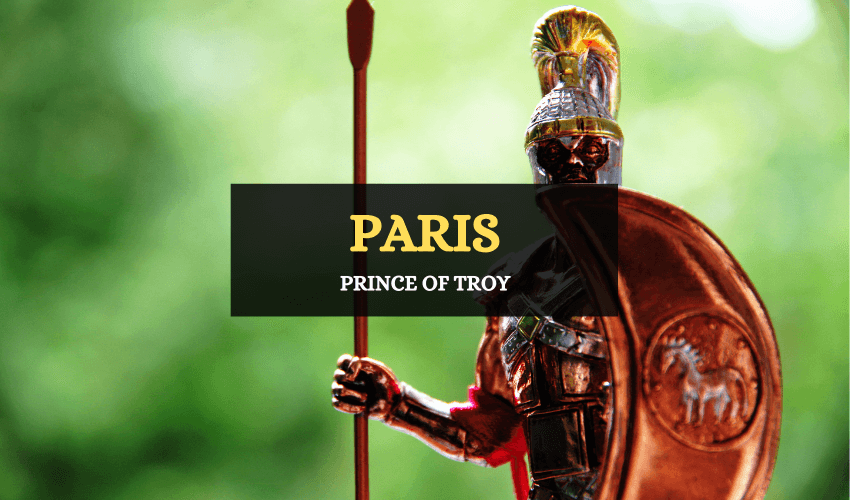
Table of Contents
Although more popularly known by his Roman name Hercules, Heracles remains the greatest of all heroes in Greek mythology. So astonishing were his feats that he earned a place among the Olympian gods after his death. Here’s a look at the story behind Heracles.
Who is Heracles?
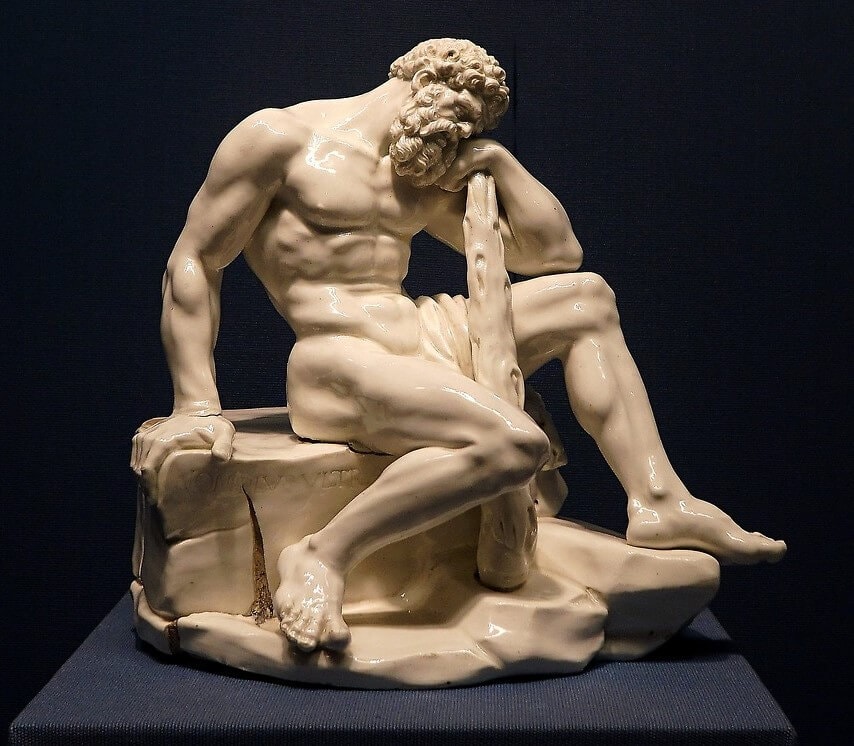
Heracles is said to be son of Zeus, the god of thunder, and Alcmene, the granddaughter of Perseus. This union made him a demi-god, and a descendent of the most powerful god and one of Greece’s finest heroes.
Zeus, who was known for his trysts with mortals, disguised himself as Alcmene’s husband and got into bed with her. Their offspring would grow to become Greece’s mightiest hero. Some sources say that he was born under the name Alcaeus and was later renamed Heracles.
Most myths pose that since his early days, Heracles had great teachers, who taught him archery, boxing, wrestling, horseback riding, and even music and poetry. Even as a young man, Heracles outmatched his tutors in stature and strength. Among his renowned tutors, he had figures such as Autolycus, who was Odysseus’ grandfather, Eurytus, who was king of Oethalia and Alcmene’s husband, and his supposed father, Amphitryon.
Heracles himself didn’t know about his superhuman strength and caused various problems before he learned how to control it. His principal weapons were the bow and arrow and the club.
Hera’s Resentment and Vengeance
One of the most prominent factors in Heracles’ story is the hatred that Hera had towards him. Heracles was proof of Zeus’ infidelity to her, and her jealousy and hatred caused Hera to take his vengeance on Heracles. Hera made many attempts on his life and although she was unsuccessful, she caused him immense misery.
- Delaying Heracles’ Birth – Hera’s first act of vengeance was to convince Zeus to promise that the next son in Perseus’ bloodline would be king of all Greece, and the following, his servant. Hera was able to delay Heracles’ birth and another descendant from Perseus, Eurystheus, was the first one to be born and became king.
- Snakes to the Crib – After Heracles was born, Hera sent two snakes to his crib to kill him, but Heracles showed that he was a force to be reckoned, by strangling the snakes.
- Murder of His Family – Heracles, already a grown man and a well-known hero, married Megara, the daughter of King Creon of Thebes. He won Megara’s hand by being the victor in the war against the kingdom of Orchomenus in Boeotia. He and Megara lived happily and had a family when Hera cursed Heracles with a madness that drove him to kill his children and his wife.
Some myths say that once he was free from the curse and saw what he had done he wanted to commit suicide, but his cousin Theseus stopped him. Theseus advised him to visit the Oracle of Delphi, who finally sent him down the path the prophecy had foreshadowed. Heracles went to serve his cousin, King Eurystheus, who would assign him the Twelve Labors to expiate his sins.
The Twelve Labors of Heracles
Heracles is best known for the Twelve Labors which he undertook at the command of King Eurystheus. Some accounts state that the original number of labors ten, but King Eurystheus later added two more.
1. The Nemean Lion
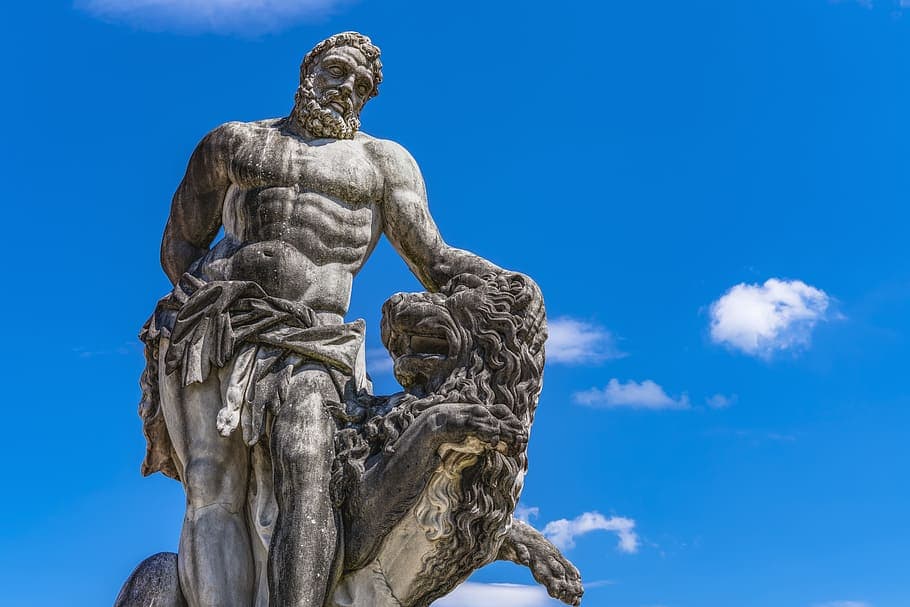
Heracles was commanded to kill the Nemean Lion, a creature known to be immune to all weapons due to its impenetrable skin. Hera had sent the creature to ravage the land of Argos.
According to the myth, Heracles tried to harm the monstrous lion with his arrows, but they could not penetrate his thick skin. Then, he managed to corner the beast in a cave and strangled it with his own hands. Once the creature was dead, he flayed the animal and wore his skin as a shielding cloak.
2. The Lernaean Hydra
The Hydra, daughter of Typhon and Echidna, was a nine-headed serpent-like monster who inhabited the swamps of Lerna. Every time one of its heads was cut, two more sprang from the wound. Heracles took on the task, but found it difficult to kill the Hydra due to its numerous heads. He then asked for the help of his nephew, Iolaos who cauterized the necks of the Hydra after each cut Heracles. This way, they prevented the creation of new heads.
After having defeated the monster, Heracles dipped his arrows in the creature’s poisonous blood and saved them for future tasks. King Eurystheus did not count this labor because Heracles had received help.
3. The Cerynithian Hind
Heracles was commanded to fetch the Cerynithian Hind: a deer with golden horns sacred to goddess Artemis. Reportedly, this labor took Heracles over a year.
When the hero finally managed to capture the creature, Artemis was infuriated by the capturing of her sacred animal and looked for Heracles. Heracles explained that he had had to fetch the animal to complete his labors and convinced the goddess to let him go.
4. The Erymanthian Boar
The Erymanthian Boar was a gigantic animal who inhabited Mount Erymanthus in Arcadia and ravaged the land. Eurystheus commanded Heracles to capture the animal and bring it to him. Heracles was able to net the animal and take it to the king after chasing him through the snow of the mountain.
5. The Stables of Augeas
Augeas was a king who possessed an immense herd of cattle. Heracles’ labor was to clean the stables from all its manure. The hero managed to divert a nearby river to take the manure away with its current.
Eurystheus refused to acknowledge this labor since he said that the hero didn’t actually clean the stables but let the river do it for him.
6. The Stymphalian Birds
The Stymphalian birds were a flock of human-eating birds who were ravaging the countryside in Arcadia. Heracles commanded to free the land off the birds. He did this by using a rattle so that they would take flight. Once they were flying, Heracles shot them down with his arrow.
7. The Cretan Bull
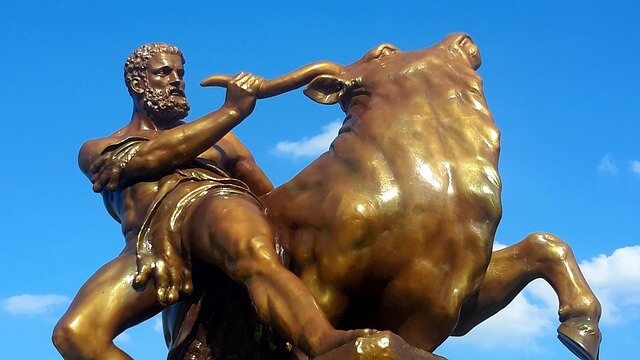
For this labor, Heracles had to fetch the Cretan bull, a white bull sent by Poseidon with which queen Pasiphae had coupled; the offspring of this union was the Minotaur. Heracles took the bull to Eurystheus and where it was later released.
8. The Mares of Diomedes
This labor consisted of stealing the flesh-eating mares of King Diomedes, a Thracian king. According to the myth, Heracles was able to capture the beasts alive by feeding King Diomedes to the mares, before tying their mouths shut.
9. The Belt of Hippolyta
Heracles was commanded to fetch the belt belonging to the Amazonian Queen Hippolyta and give it to Eurystheus. The vengeful Hera disguised herself as an Amazon and started spreading rumors telling that Heracles had arrived to enslave their queen. The fight broke loose, and Hippolyta died. After this, the Heracles took the belt and fled.
10. The Cattle of Geryon
Heracles was asked to fetch the cattle belonging to Geryon, a winged three-bodied giant who lived on the island of Erytheia. Upon arriving on the island, Heracles killed Geryon using his Hydra-poisoned arrows and sailed back to Greece with the full herd.
11. The Apples of Hesperides
Heracles was commanded to find and retrieve the golden apples of the Hesperides, who were guardians of the tree, accompanied by the dragon Ladon. On his journey, Heracles found Prometheus and shot the eagle eating his liver. In exchange, Prometheus told Heracles that his brother Atlas would know where to find the garden. Atlas tricked Heracles into carrying the world on his shoulders, but eventually Heracles was able to trick him back and returned the apples to Mycenae.
12. Cerberus

The last labor was to fetch Cerberus, the three-headed dog who guarded the gates to the underworld. Eurystheus assigned this labor hoping Heracles would finally fail, since he deemed this task impossible. However, with the help of Persephone, Heracles was able to navigate the underworld and return to the land of the living. Eurystheus was afraid of Heracles, as he had done the impossible, and with that the labors of Heracles were over.
Heracles’ Death
Heracles met Deianira and married her. They lived happily in Calydon, but Hercules kills his father-in-law by accident, which causes them to leave the city. On their journey, the Centaur Nessus tried to rape Deianira, but Hercules killed him using his arrows poisoned with the Hydra’s blood. Before dying, the centaur told Deianira to take some of his blood, which would serve as a love potion if Heracles ever fell in love with another woman. This was, of course, a trick, as Nessus knew that the poison in his blood would be sufficient to kill Heracles.
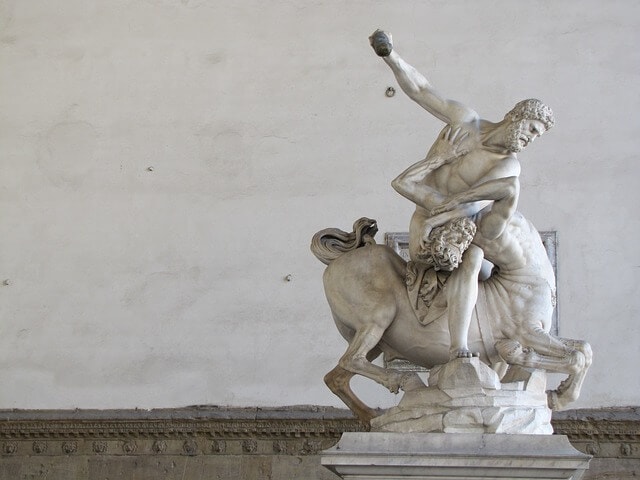
Years later, Hercules fell in love with Iole and took her as his concubine, but Deianira uses the blood of Nessus to soak Heracles’ shirt in, hoping it would work as a love potion. Instead, as Heracles the poison on the blood-stained shirt destroys Heracles, burning his skin up and eventually killing him.
Upon watching the death of his son, Zeus proposed to the other gods that his son’s deeds had granted him a place in heavens. Heracles ascended to Olympus as his mortal side dies.
Heracles – Symbols and Symbolism
Heracles’ symbols include his wooden club, lion skin, and sometimes even his muscles. He’s often depicted holding his club or using it to attack another being. Heracles is portrayed as strong, muscular and masculine, and his body represents his strength and power.
Heracles himself is a symbol of the following concepts:
- Determination and perseverance – Regardless of how difficult the task may appear, if one keeps at it, success is bound to follow. Heracles proves this as he doesn’t give up regardless of how difficult the tasks are. This eventually leads him to success and freedom.
- Courage – Although Heracles was given impossible task after impossible task, he managed to complete them successfully. He is fearless and courageous even in the face of death.
- Strength and skill – Heracles has strength and skill in spades, which allow him to carry out superhuman tasks.
- Hera’s jealousy – While Hera’s jealousy causes Heracles pain and sorrow, it leads him to undertake the Twelve Labors, without which he would never have become the hero he is today. Thus, while Hera’s jealousy burned her inside and caused pain to many others, Heracles was able to benefit from it and eventually leave his mark on the world.
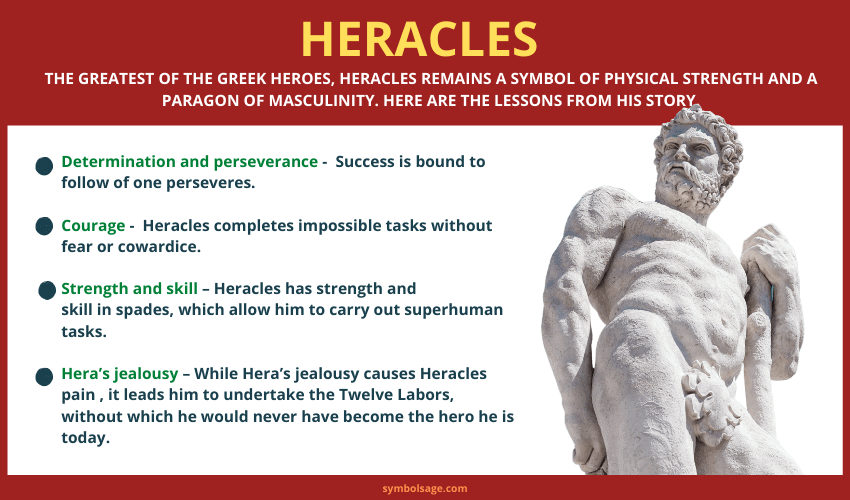
Heracles Facts
Heracles is the son of Zeus and the mortal Alcmene.
As son of Zeus, Heracles has many important mortals and gods as his siblings, including Aphrodite, Ares, Apollo, Artemis, Athena, Persephone and Perseus.
Heracles had five children called Alexiares, Anicetus, Telephus, Hyllus and Tlepolemus.
Heracles had four main consorts – Megara, Omphale, Deianira and Hebe.
He is protector of mankind and the patron of the gymnasium. He was a demi-god but was later allowed to live on Mount Olympus thanks to apotheosis through Zeus.
His symbols are the club and lion skin.
Hercules is the Roman version of Heracles, but his myths remain almost the same. The Romans simply adopted the myths of Heracles, only adding a little detail to ‘Romanify’ the figure.
It was the poison of the Hydra, through the blood of the centaur Nessus, that killed Heracles in a slow and painful manner.
Heracles had a bad temper and was quick to anger. He was also lacking in intelligence and would take decisions without much thought. He’s the embodiment of brawn without much brain.
While mortal during his life, he became an immortal god after his death as the gods deemed that he had earned himself a spot on Mount Olympus.
To Wrap It Up
Heracles’ story is filled with glory, but also with setbacks and pain. Some authors say that this was meant to show mankind that even the mightiest hero had complications in his life. He managed to overcome the hatred and scheming of Hera to become one of the most important figures in Greek mythology.




